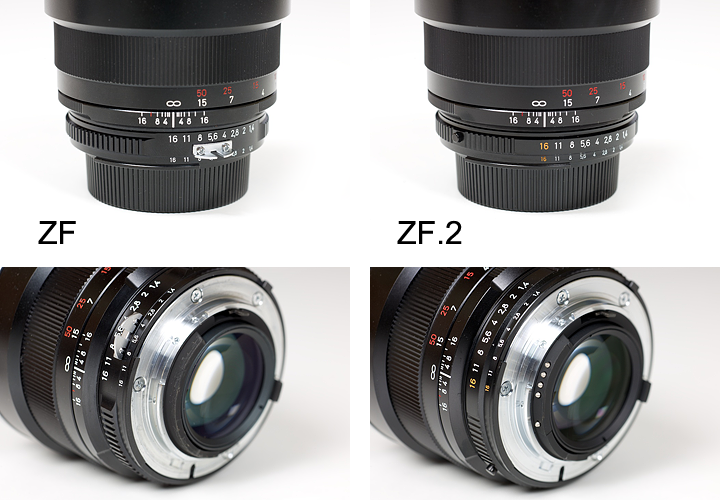|
Page 1 of 3

Review by Markus Stamm and Klaus Schroiff, published May 2011
Introduction
The Zeiss Planar T* 85mm f/1.4 is one of the few all-time lens classics. It has seen many incarnations over time from the ancient Contax C/Y era over the also gone Contax N-system and now as Z-series - each with slight optical variations due to the different requirements. It is based on a symmetrical Planar design originally invented in 1896(!). "Planar" originates in the German word plan ("plane" in English) and refers to the flat reproduction characteristic (minimal field curvature).
The lens is available for Canon (ZE) and Nikon (ZF, ZF.2) cameras. There also was a K-mount version for Pentax cameras (ZK), however Zeiss decided to discontinue the ZK-line in 2010. In addition, the ZF-line remains available, but is now marketed for industrial applications only.

The build quality of the full-metal Zeiss lens (brass with chromium-plated brass front bayonet) is superb. The fluted focus ring feels exceptionally well damped. The supplied lens hood is made of metal as well. Unfortunately the high build quality is not inherited to the lens front cap which feels quite fragile and is a bit fiddly to handle. Even though there are two spring loaded grips, the cap is hard to pinch, difficult to apply and can come off too easily.
The front element does not rotate so using a polarizer remains easily possible. As you can see in our product images below the lens extends slightly by about 1cm when focusing towards close distances. The rather long min. focus distance of 1m is a bit disappointing compared to other lenses in this class.

The Makro-Planar is a manual focus lens just like the rest of the gang. However, the focus indicator in the viewfinder remains active so there's a little guidance here at least.
ZF vs. ZF.2
The tested ZF version of this lens has no electronic coupling. Consequently, it offers full metering compatibility only with higher grade Nikon DSLRs that allow you to manually enter focal length and maximum aperture for non-CPU lenses. All current FX DSLRs (as of early 2011) offer this feature.
The aperture needs to be set on the lens and can be set in half-stop increments. Technically, ZF lenses correspond to Nikkor Ai-S lenses.

The newer ZF.2 version of the lens features an integrated CPU, which makes it an equivalent of an Ai-P lens. This ensures metering compatibility with all current Nikon DSLRs. When locked at the smallest aperture (marked in orange colour), the aperture can be set on the camera with any current Nikon DSLR (just as with any AF lens that features an aperture ring). There's an unlock button on the lens to release the aperture ring and set the aperture on the lens instead. However, this will lead to an error with lower grade Nikon DSLRs. Only higher grade bodies feature a custom function that allows the aperture to be set this way.
The above image shows the differences between ZF and ZF.2 versions of this lens.
| Specifications |
|---|
| Optical construction | 6 elements in 5 groups |
| Number of aperture blades | 9 |
| min. focus distance | 1 m (max. magnification ratio 1:10) |
| Dimensions | 77 x 62 mm |
| Weight | 570 g |
| Filter size | 72 mm (non-rotating) |
| Hood | barrel shaped, metal, bayonet mount (supplied) |
| Other features | CPU and camera controlled aperture (ZF.2 version only) |
|